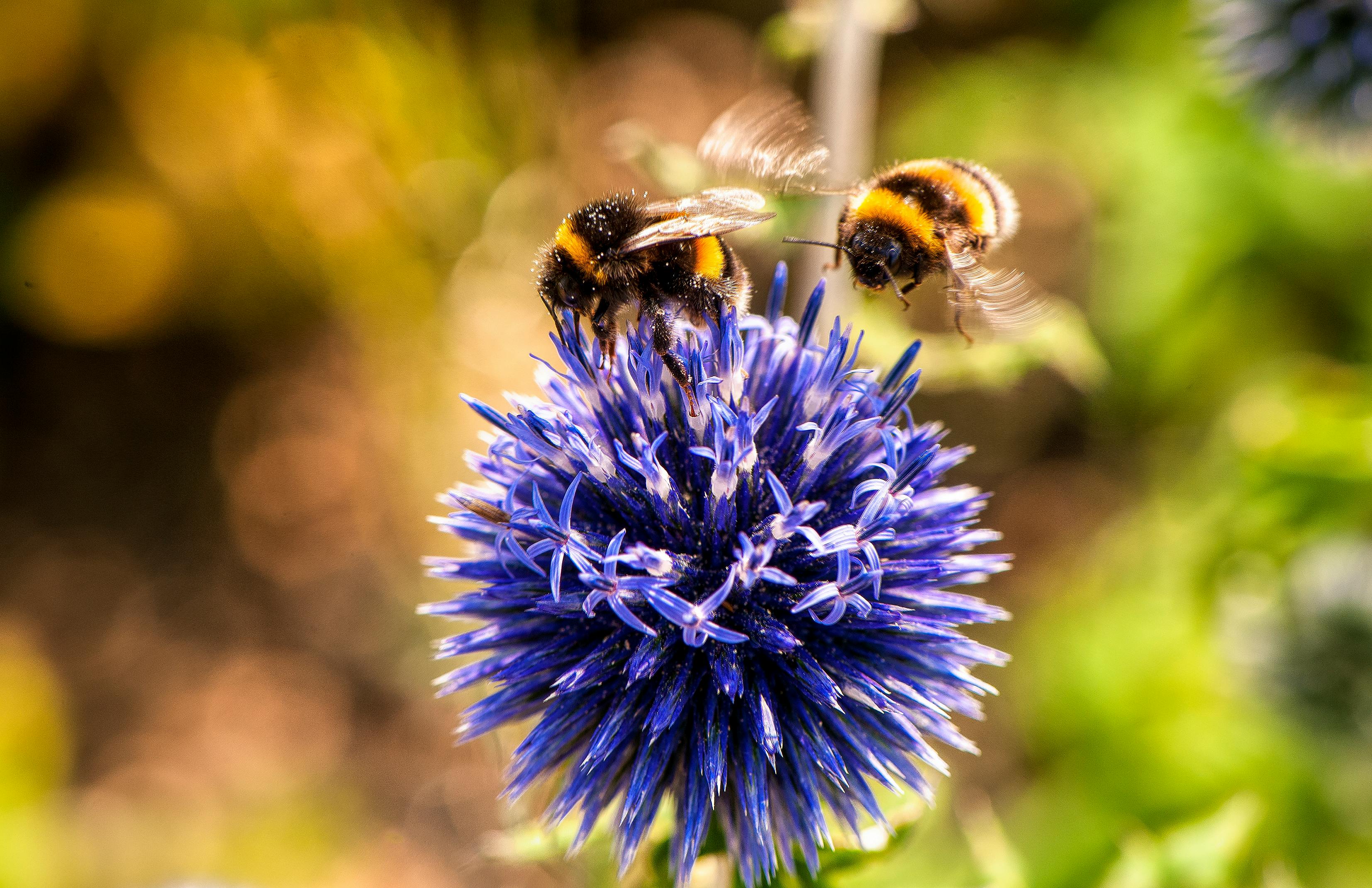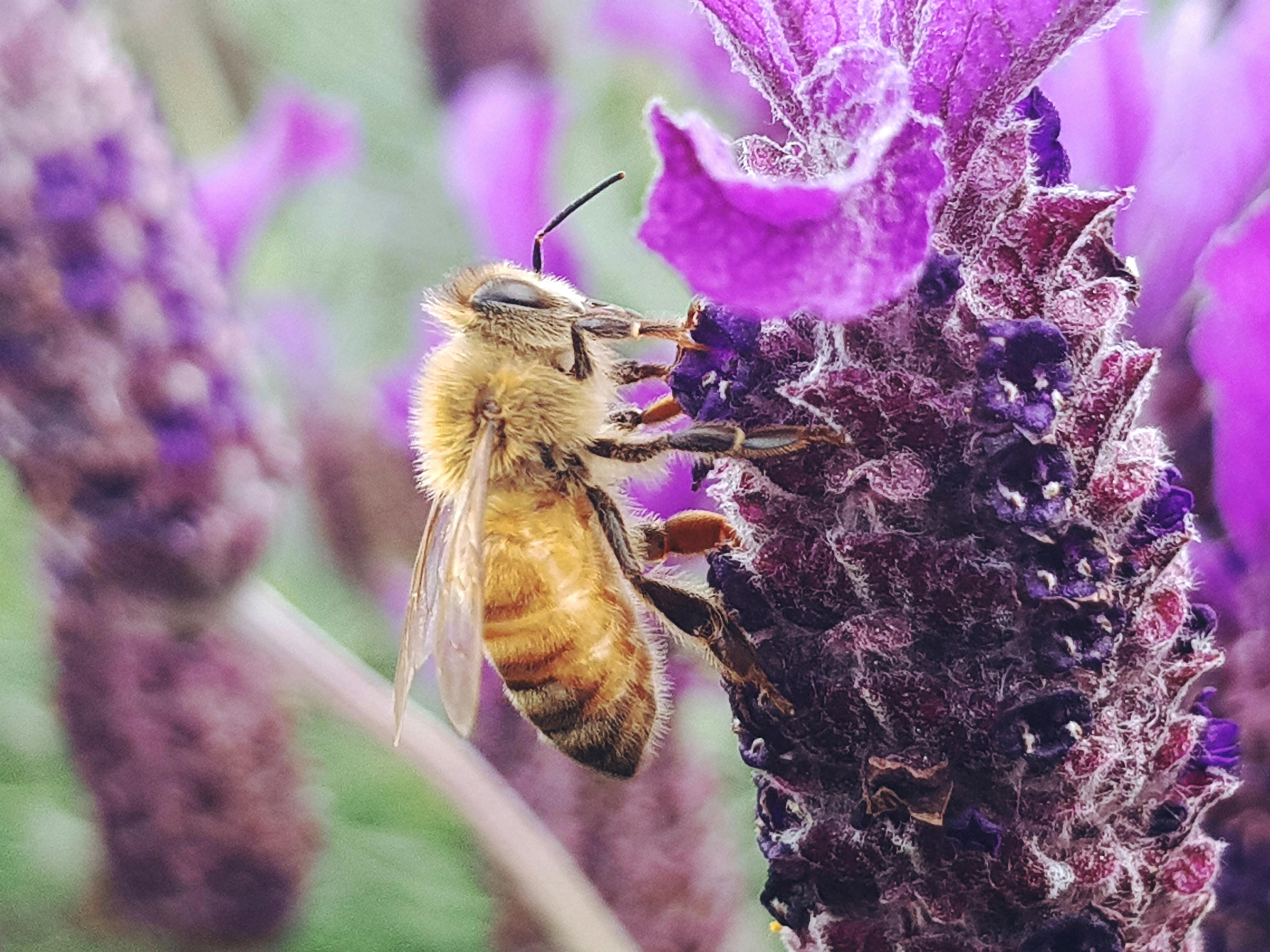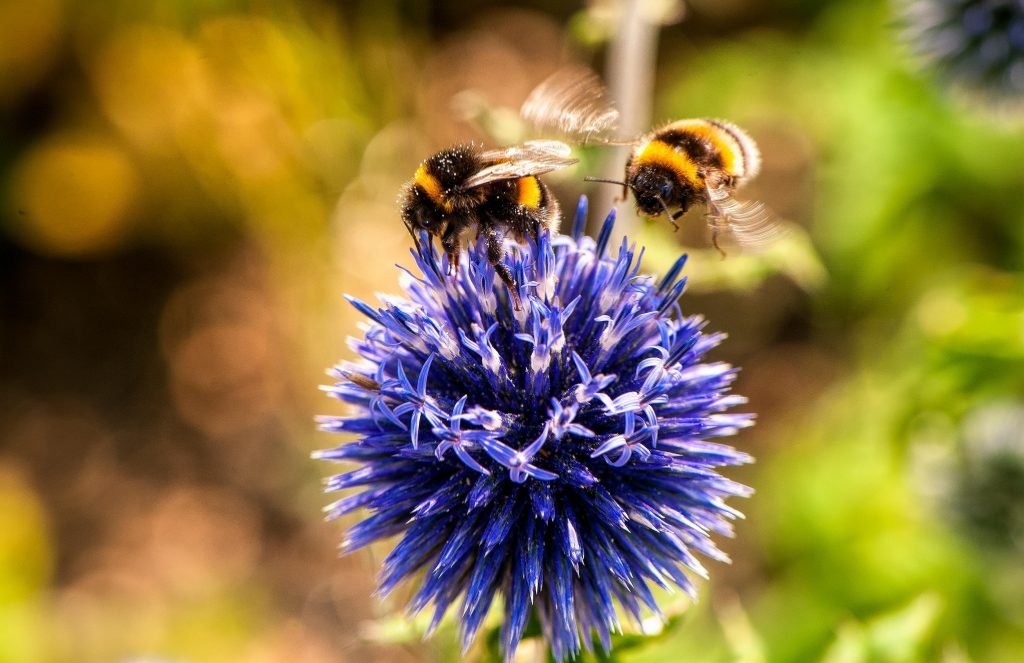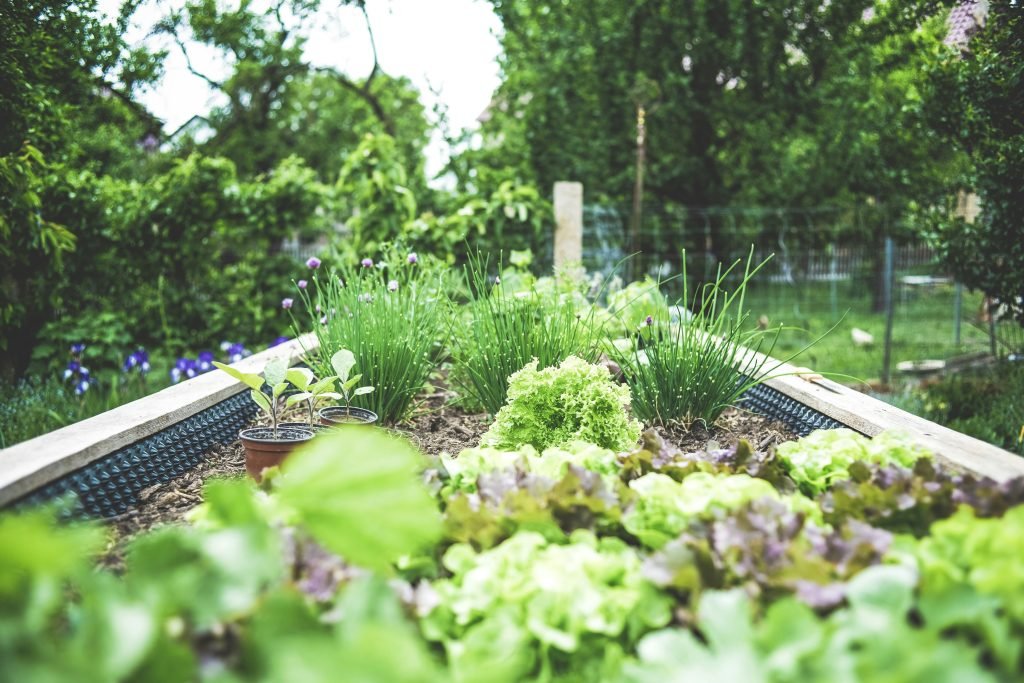What if you could turn your garden into a thriving ecosystem, filled with helpful insects that support plant health? Attracting beneficial insects is not only about pest control; it’s about fostering a balanced garden environment. Let’s look at how you can make your garden a welcoming space for these little allies.

This image is property of images.pexels.com.
Understanding Beneficial Insects
Beneficial insects play a crucial role in gardening. They help with pest control, pollination, and even nutrient cycling. Unlike harmful pests, these insects contribute positively to your garden’s health.
Types of Beneficial Insects
Getting to know the various types of beneficial insects is essential for attracting them to your garden. Here are some key players:
- Ladybugs: Famous for their appetite for aphids, ladybugs can consume hundreds of pests in just a few days.
- Lacewings: The larvae of lacewings, often referred to as “aphid lions,” are voracious predators of aphids and other soft-bodied insects.
- Parasitic Wasps: These tiny wasps lay their eggs inside or on other insect hosts, ultimately controlling their population naturally.
- Bees: While they’re best known as pollinators, many solitary bee species are also excellent for your garden’s health.
- Predatory Mites: These mites feed on pest species like spider mites and thrips, helping to keep pest populations in check.
By recognizing these friends, you can create a garden that not only thrives but also serves as a haven for these beneficial insects.
Creating a Welcoming Environment
How can you make your garden more inviting to beneficial insects? The answer lies in the environment you create. Here are some tips to help you achieve this.
Diverse Plant Selection
planting a variety of flowers and plants is crucial in attracting different species of beneficial insects. Here’s why diversity matters:
- Food Source: Different insects are attracted to different plants for food. By planting a mix of flowers and herbs, you offer a buffet that caters to various species.
- Habitat: A diverse garden provides necessary habitats for various life stages of insects, from larvae to adults.
Recommended Plants
Here’s a quick table of beneficial plants you might consider adding to your garden:
| Plant Type | Beneficial Insects Attracted |
|---|---|
| Calendula | Attracts ladybugs and hoverflies |
| Marigolds | Deters harmful pests and attracts pollinators |
| Fennel | Attracts parasitic wasps and beneficial hoverflies |
| Dill | Attracts lacewings and beneficial wasps |
| Clover | Improves soil health and attracts various pollinators |
Incorporating a mix of these plants fosters a supportive habitat for beneficial insects.
Providing Shelter
Beneficial insects need safe spaces to rest and reproduce. Here are ways to create their ideal habitat:
- Mulch: A layer of mulch decomposes over time, providing food for insects and a cozy environment for them to live.
- Snags and Brush Piles: Leaving dead wood or brush piles in your garden offers excellent hiding spots and breeding grounds for beneficial insects.
- Insect Hotels: You can build or purchase insect hotels that provide shelter for solitary bees and other small bugs.
Avoiding Pesticides
To truly attract beneficial insects, it’s vital to limit the use of pesticides. Chemical sprays can harm not only the pests you’re trying to eliminate but also the beneficial insects you want to protect. Here are some steps you can take:
- Natural Remedies: If pests become an issue, opt for natural solutions like neem oil or insecticidal soap that target pests but are safe for beneficial insects.
- Targeted Application: If you must use pesticides, apply them carefully and during the evening hours when beneficial insects are less active.

This image is property of images.pexels.com.
Creating the Right Conditions
Humidity, temperature, and light all influence the presence of beneficial insects in your garden. Let’s take a closer look at how you can manipulate these factors.
Moisture Levels
Many beneficial insects thrive in moist environments. Here’s how to create that:
- Watering Strategies: Water your garden early in the morning to ensure moisture levels remain steady throughout the day.
- Incorporating Water Features: A small birdbath or shallow dish with water can attract beneficial insects looking for hydration.
Temperature Considerations
Each insect has its preferred temperature range. To maintain a friendly atmosphere in your garden:
- Shade Options: Provide shaded areas with taller plants to create a cooler microclimate, making it comfortable for various insects.
- Windbreaks: Use hedges or taller plants as windbreaks to provide shelter, ensuring your garden is not prone to harsh conditions.
Light Exposure
While most beneficial insects are attracted to light, certain conditions can help them thrive:
- Plant Densities: Ensure that plants are spaced correctly, allowing sunlight to penetrate but not too crowded that it becomes hard for insects to navigate.
- Natural Lighting: Avoid using bright artificial lights in the garden at night, as this can confuse and deter nocturnal beneficial insects.
Timing is Everything
Did you know that the time of year can significantly influence the activity of beneficial insects? Understanding their life cycles may give you an advantage. Let’s explore seasonal considerations.
Spring: The Awakening
As temperatures rise, many beneficial insects emerge from hibernation or complete their life cycles.
- Timed Planting: Align your planting schedule to coincide with the emergence of beneficial insects. For example, plant flowers in early spring to provide food as insects appear.
- Early Bloomers: Consider early-flowering plants such as crocus or snowdrops, which benefit them as they transition into an active phase.
Summer: Peak Activity
This is the time when most beneficial insects are most active, making it critical for you to support them.
- Continuous Blooms: Ensure your garden has a steady bloom throughout summer. This provides a consistent food source for beneficial insects.
- Monitoring: Keep an eye on pest populations, and if needed, adjust your strategies to ensure beneficial insects remain successful in keeping them under control.
Fall: Preparing for Winter
As the seasons shift, it’s essential to think ahead about how to support beneficial insects for the next year.
- Late Blooms: Plant late-blooming flowers to provide sustenance during the fall months.
- Habitat Enhancement: Begin preparing habitats by leaving debris and not clearing out gardens immediately. These practices help bugs find shelter as winter approaches.

This image is property of images.pexels.com.
Promoting Pollinators
While attracting beneficial insects for pest control is vital, don’t overlook the importance of pollinators! These insects not only support your garden’s health but also ensure that your plants can reproduce and thrive.
Planting for Pollinators
Certain plants are highly attractive to bees, butterflies, and other pollinating insects. Here’s a brief list of plants to consider:
| Plant Type | Attracted Pollinators |
|---|---|
| Lavender | Attracts bees and butterflies |
| Coneflower | Attracts a wide variety of bees |
| Sunflower | Attracts many types of bees and birds |
| Black-eyed Susan | Attracts butterflies and various bee species |
| Milkweed | Essential for Monarch butterflies |
By planting these, you’ll enhance the biodiversity of your garden.
Avoiding Harmful Chemicals
Minimize the use of herbicides and pesticides in the areas where pollinators visit. These substances can harm both pollinators and beneficial insects, undermining your efforts. Opt for natural gardening techniques, like companion planting, to deter pests without causing harm.
Conclusion
Transforming your garden into a sanctuary for beneficial insects allows you to leverage nature’s systems for healthier plants and a vibrant ecosystem. By understanding the types of beneficial insects, creating welcoming environments, and considering seasonal changes, you can cultivate a flourishing garden that thrives.
In such a space, these helpful critters will not only control pests but also boost plant health and yield. So, take these insights to heart, roll up your sleeves, and embrace the magic of nature in your gardening efforts. Your plants—and your little insect friends—will thank you!




